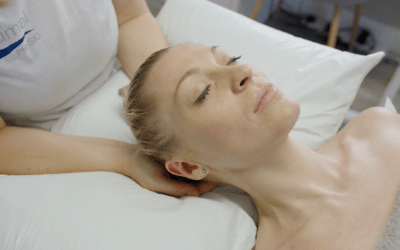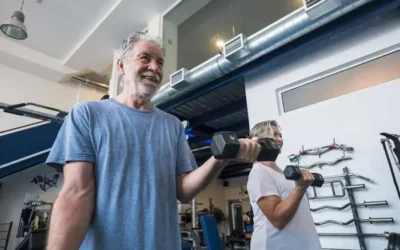Single leg training
Single leg training has received a great deal of attention in injury prevention, rehabilitation and performance enhancement training programs in recent times and is commonly used in physiotherapy programs for Anterior knee pain. The reason is that athletic movement skills of field and court sports are dominated by the gait cycle which is essentially a series of single leg bounds. Subsequently single leg training is appropriate for return to play programs and boosting athletic performance (Boone and Cook 2006). Single limb training is a logical progression of functional anatomy and promotes greater muscle growth and strength as more muscles are being targeted (Boyle 2009).
Single leg Vs Double leg exercises
When carrying out double leg exercises such as a conventional double leg squat we simply strengthen the prime movers. Single leg training not only targets the prime movers but also stabilizers and neutralizers. So what does this mean? Well essentially single leg exercises allow us to train our muscles the same way that we use them functionally in everyday tasks such as walking and running. When looking at the muscles in the leg, the lateral sub-system (picture 1) consists of gluteus medius, the adductors and quadratus lumborum. When standing on one leg and when carrying out a single leg squat, we engage these three muscles in their normal role acting as stabilizers and this is something a two leg squat will never allow us to achieve (Boyle 2009).
Picture 1
Anterior Knee Pain
Anterior Knee pain is a common term for a group of patients of all ages and activity levels. The varying conditions placed within this blanket grouping often involve pain, inflammation, muscle imbalance and instability of the extensor mechanism of the knee. Disturbance of the extensor mechanism has been shown to be the most common problem affecting up to 60% of the athletic population with anterior knee pain.
My Experience
I remember when a particular case when I was working with a professional football club and their head physiotherapist. While there I assisted the physio working with an injured player suffering from Patella Tendinopathy (Anterior knee pain), a degenerative condition affecting the patella tendon (part of the extensor mechanism). This player had been advised by various surgeons and consultants to retire from the game, but he decided to give physiotherapy rehab one final go. Functional movements such as single leg lunge, single leg squat, single leg box drop and lateral lunge were being employed during end stage rehab and I remember being in awe as the rehabilitation progressed witnessing the player carry out a single leg deep box squat wearing a 20kg weighted vest and squatting to 90 degrees hip and knee flexion and holding the position. The combination of skill, strength and stabilisation was impressive and needless to say said player is now playing first team football for a top Scottish Premier League team.
Exercise
End stage rehabilitation and sport specific activity including single leg squat and single leg box drop exercises involving eccentric control have been shown to be safe and effective and should be included in the comprehensive rehabilitation of Anterior knee pain (Rutland et al 2010). My favourite exercise is the single leg squat (picture2). A great deal of strength, stability, flexibility and skill is required and as mentioned prior we are targeting and strengthening more muscles in a functional movement pattern! It Is also good practice to perform this movement in front of a mirror to focus on the correct knee positon and to stop the flexed knee from drifting medially or laterally.
Picture 2
Conclusion
I believe that single leg exercises allow for greater stability and control around the hip and knee joint. When applied to the football player mentioned, I feel that this allowed the extensor mechanism of the knee to function normally again therefore reducing abnormal stress on the patella tendon. Single leg exercises also transfer more effectively into sport and improve performance on return to play. If you are suffering from Anterior knee pain, book in for a consultation with optimal physiotherapy and allow us to assess and treat the condition to allow you to return to your sport fitter and stronger!





0 Comments